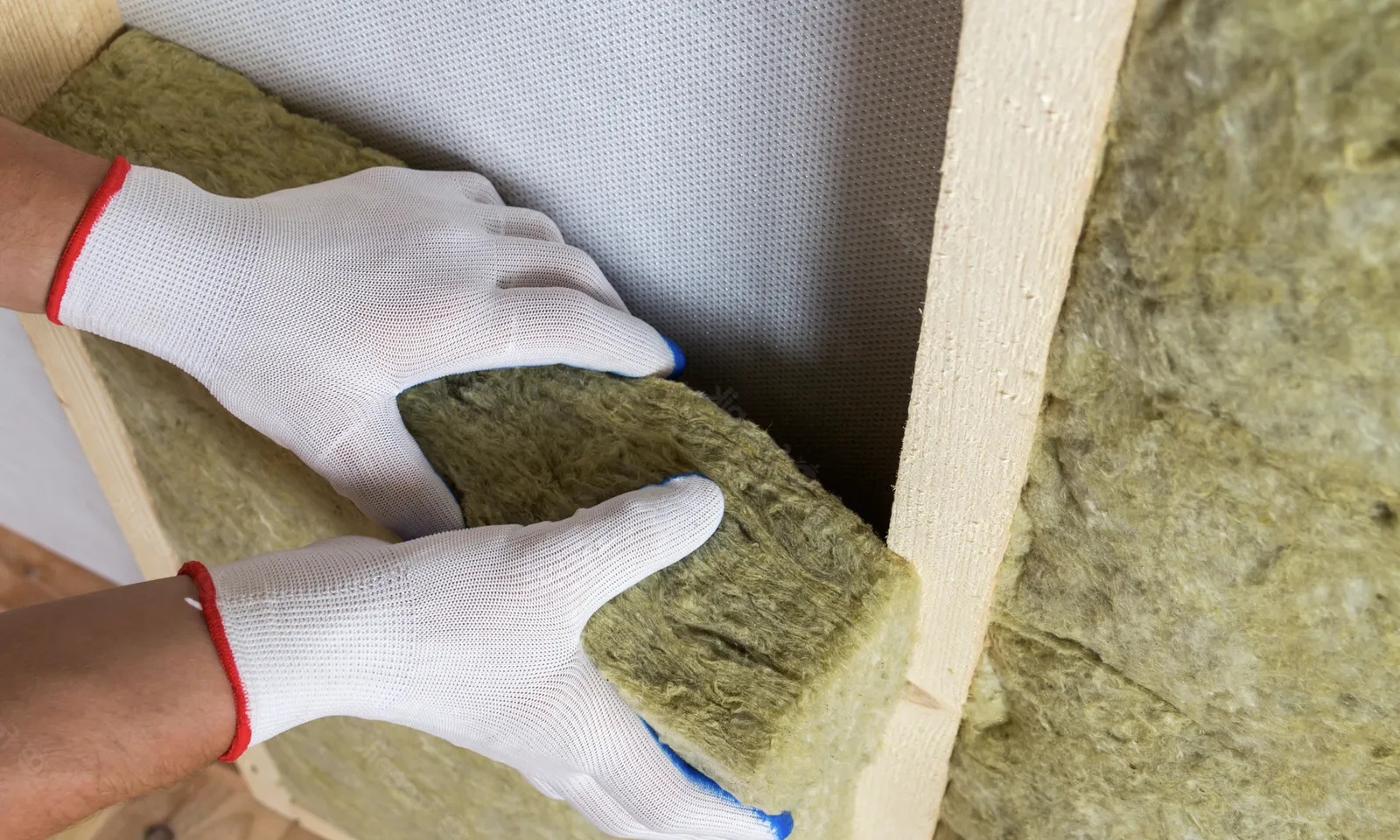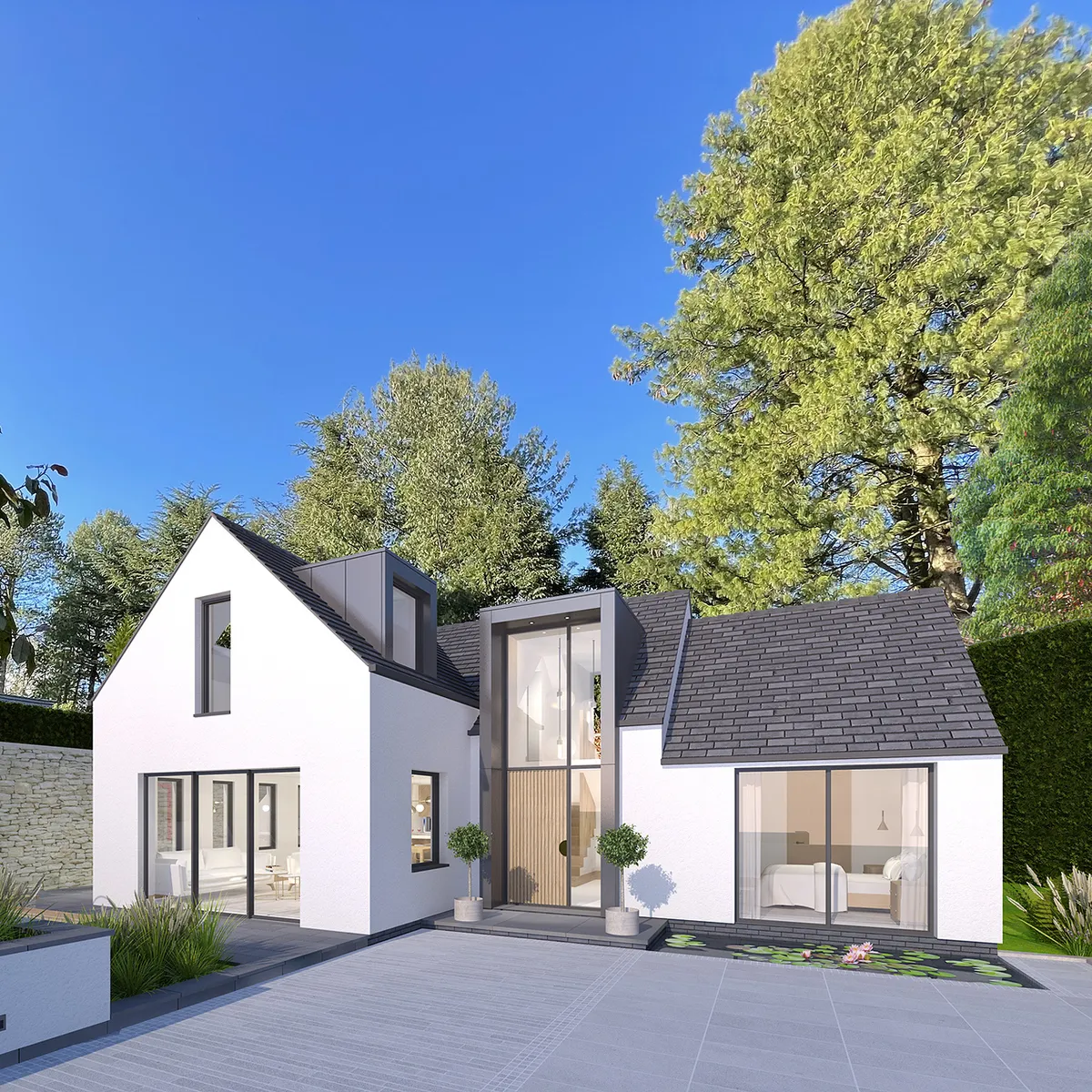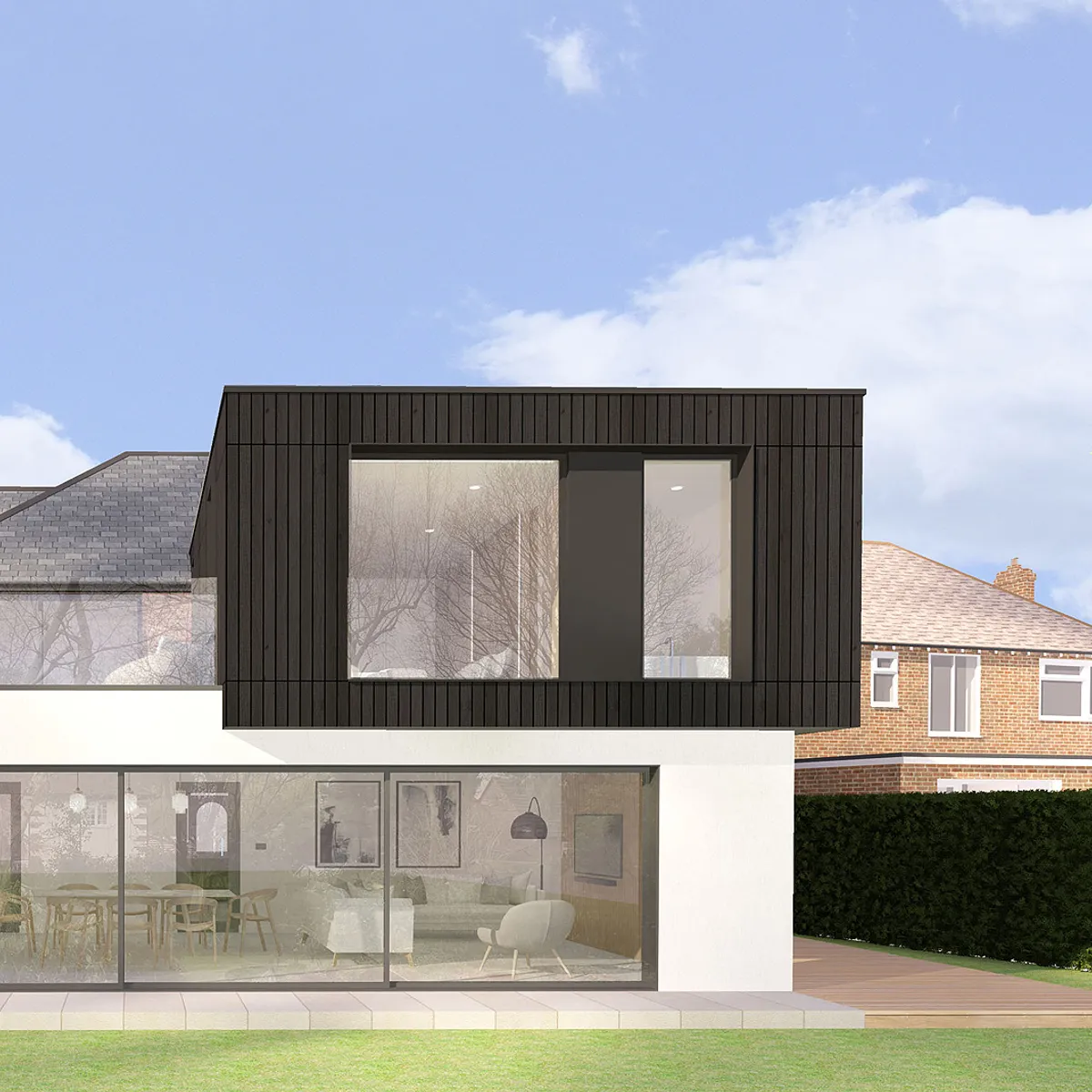Our Services
Low-Energy Design
How do you design liveable buildings for low-energy, sustainability and carbon reduction? Truly sustainable design offers far more than green benefits. It creates comfortable, healthy and inspiring environments.

The Principles of Sustainable Design
We believe in designing high-quality, sustainable buildings for a better quality of life while protecting the planet.
Technical design principles that reduce the amount of energy required to heat and power a building support sustainability. The main principles of low-energy design we focus on are:
- Well-insulated walls, floors and roofs
- Energy efficient windows
- Ventilation heat recovery
- Ensuring an airtight building envelope
- Preventing thermal bridges
- Renewable energy systems for building heating and power.
These principles apply to any type and size of building. Existing buildings can also be retrofitted to improve their environmental performance. Implementing sustainable design principles may cost more than standard construction, so how far you adopt these principles will depend on your budget. However, increased building efficiency means lower running costs over time, providing longer-term savings.
Want to know more?
Frequently asked questions.
What is a well insulated building envelope?
The building envelope is a physical barrier between the external environment and the internal conditioned space, keeping the residents comfortable. A building envelope consists of doors and windows, roofs, walls, and insulations. Since a building envelope separates the unconditioned exterior environment from the conditioned interior space, it is one of the primary factors that impact building energy performance. A well insulated building envelope will actively respond to the building’s external environment, and substantially reduce the building’s energy consumption.
Why is airtightness important?
Airtightness is important for avoiding heat loss as it means less uncontrolled air movement in and out of the building. Less heat loss also means your heating system will work more efficiently, thereby reducing heating bills and energy wastage and contributes to maintaining thermal comfort throughout the building.
What is MVHR?
Mechanical Ventilation with Heat Recovery (MVHR) provides fresh filtered air into a building whilst retaining most of the energy that has already been used in heating the building. MVHR works quite simply by extracting the air from the polluted sources e.g. kitchen, bathroom, toilets and utility rooms and supplying air to the ‘living’ rooms e.g. bedrooms, living rooms, studies etc. The extracted air is taken through a central heat exchanger and the heat recovered into the supply air.
Why should thermal bridging be avoided?
Thermal bridging is the movement of heat across an object that is more conductive than the materials around it. The conductive material creates a path of least resistance for heat. Thermal bridging can be a major source of energy loss in homes and buildings, leading to higher utility bills. Thermal bridges also increases the risk of condensation on internal surfaces and and even cause interstitial condensation within walls and other building elements. Interstitial condensation can be exceptionally dangerous as it cannot be seen from either the interior or exterior of the building.


